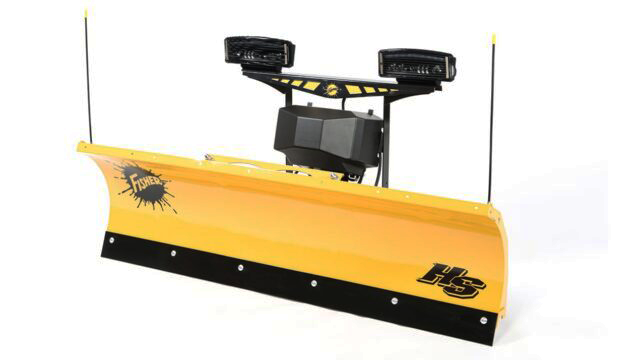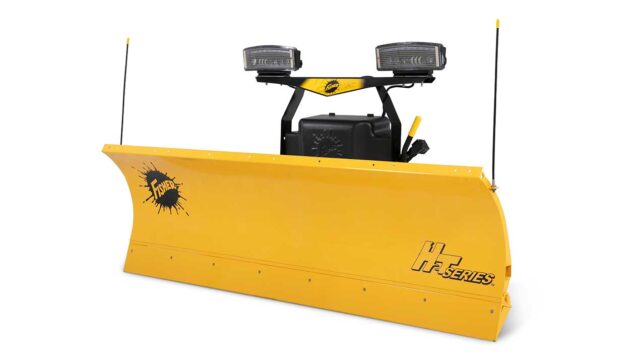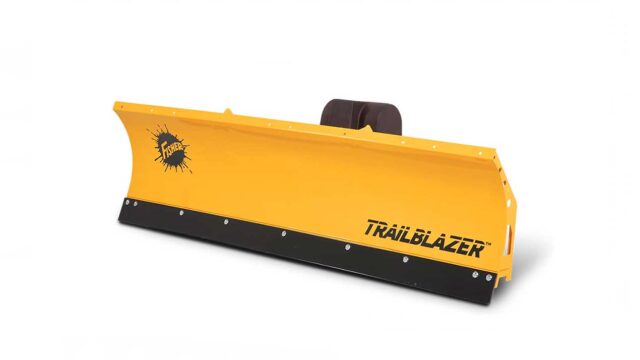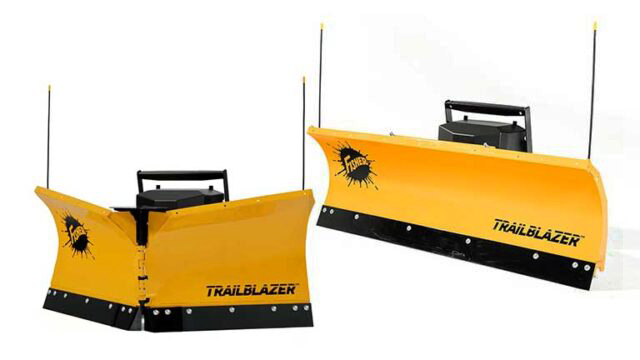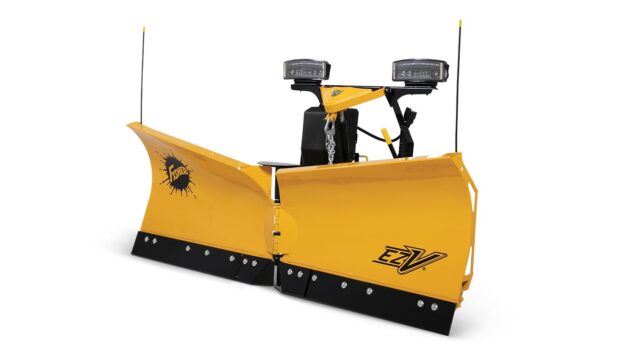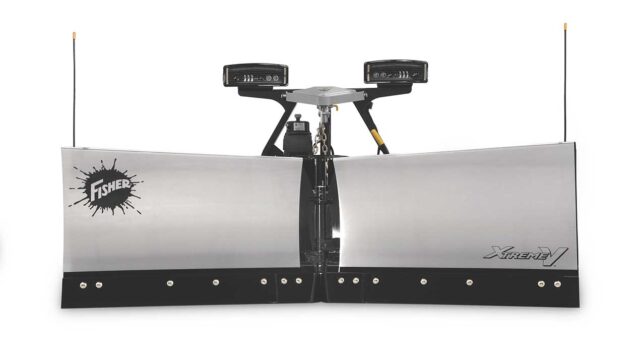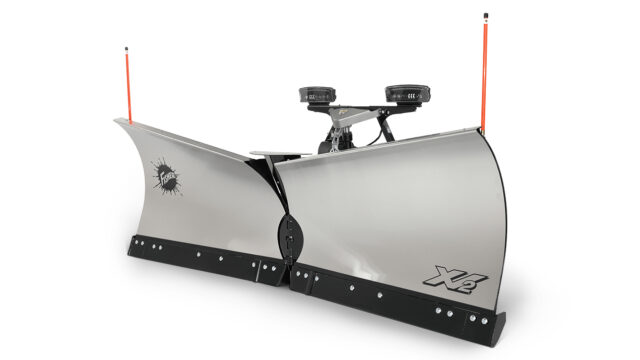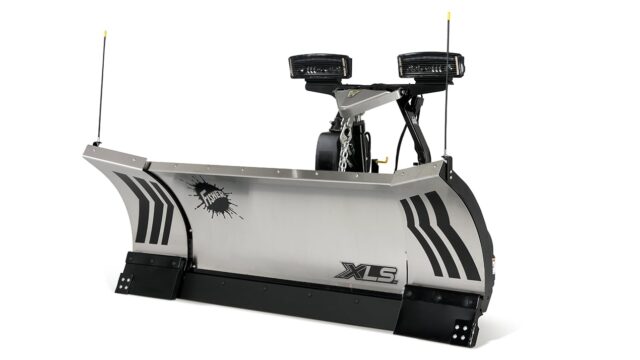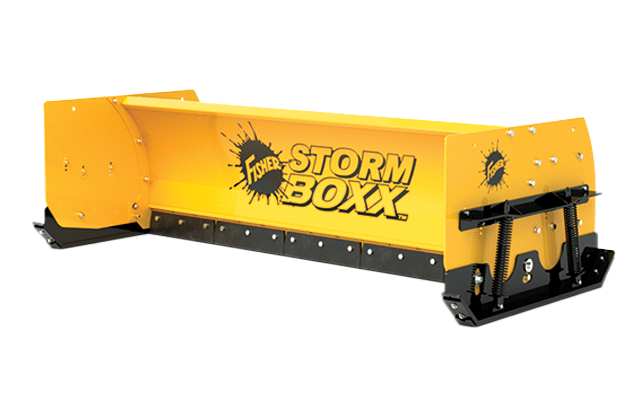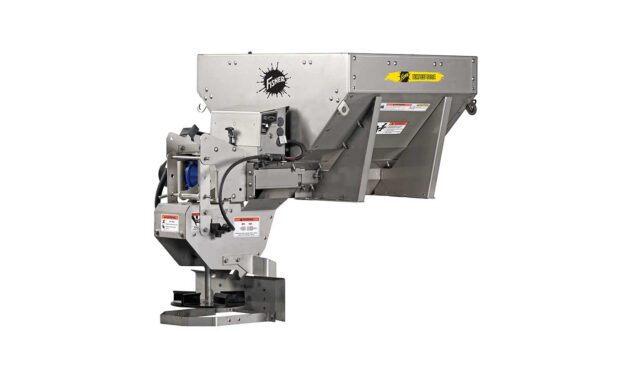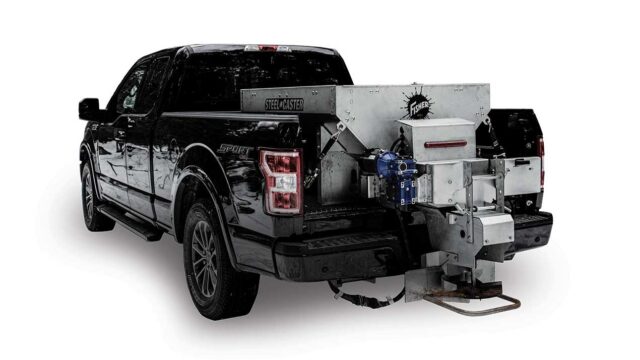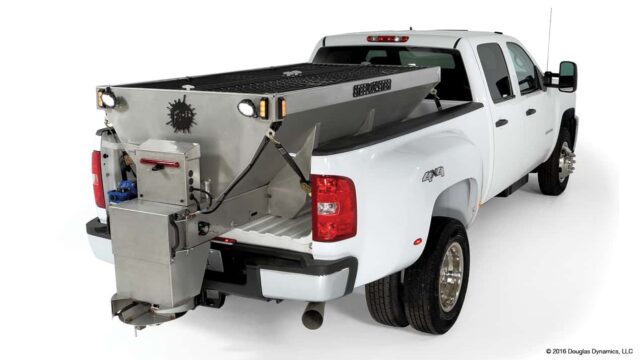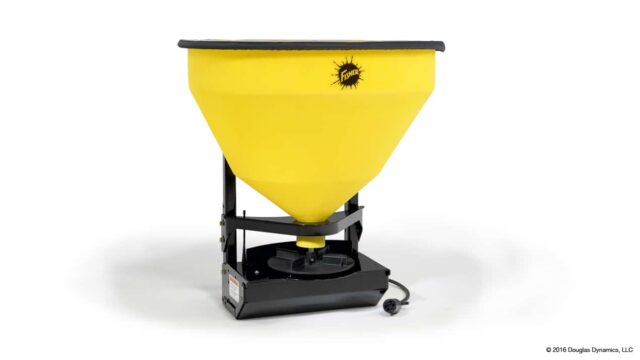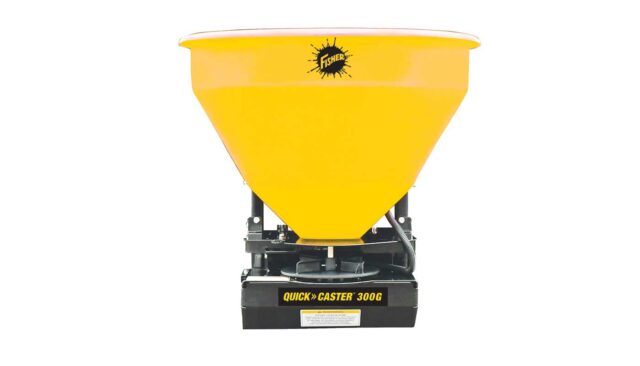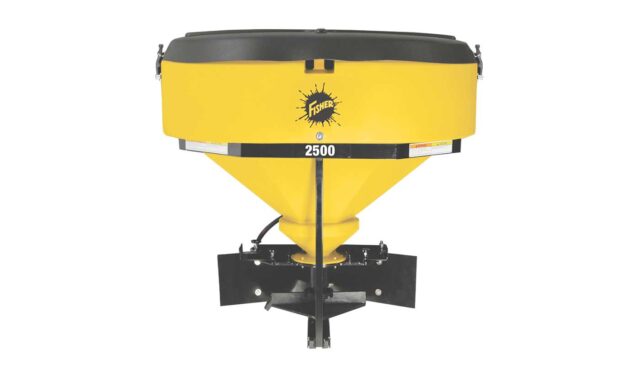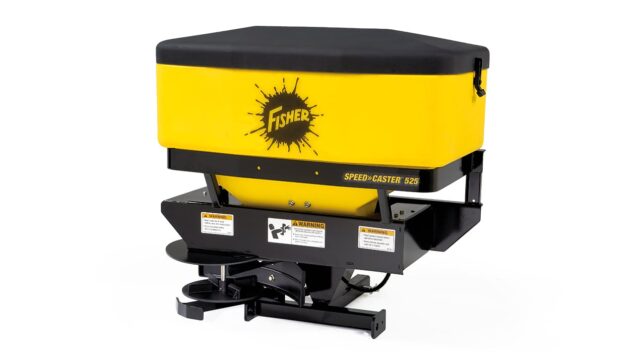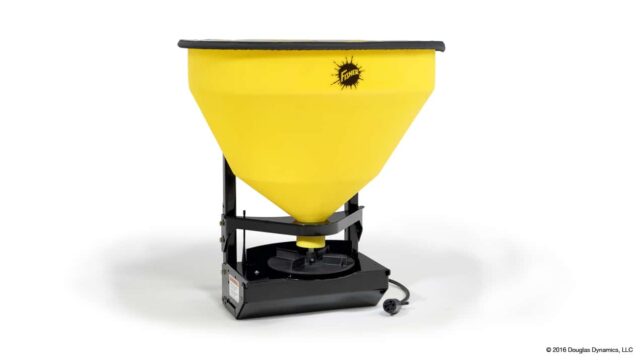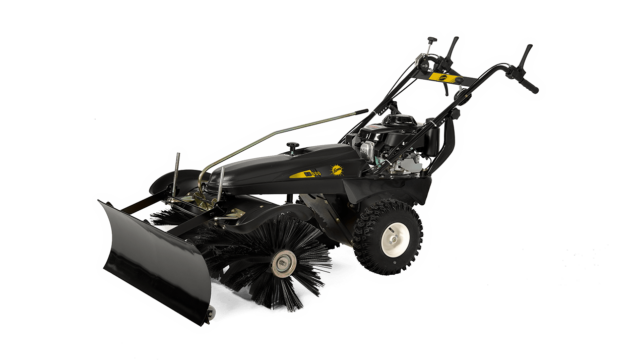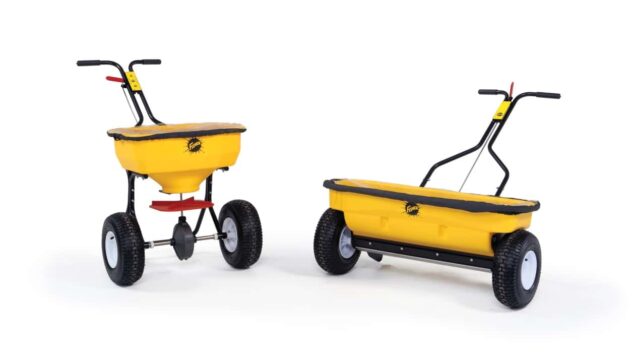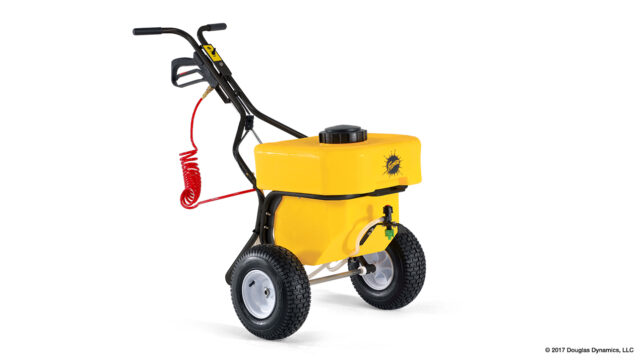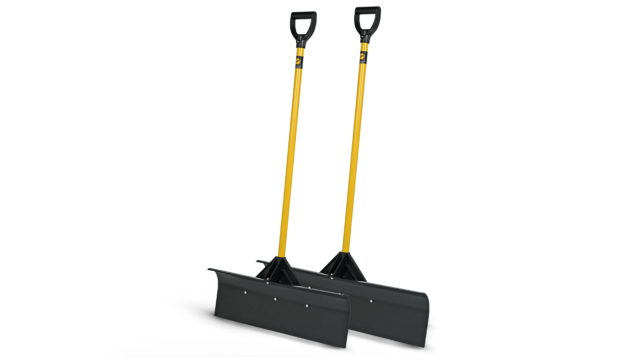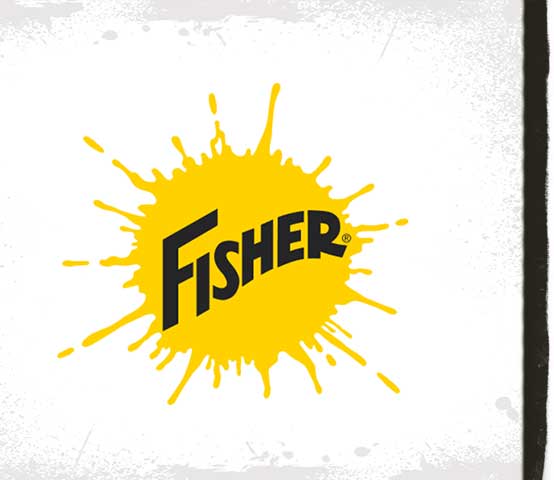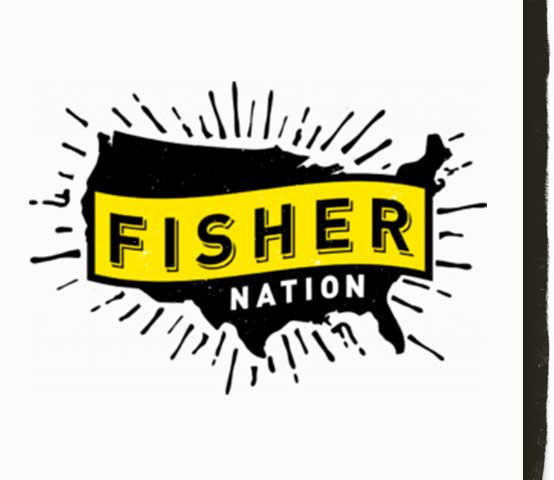How to Protect Your Business Against Slip & Fall Claims This Winter
Created June 18, 2020
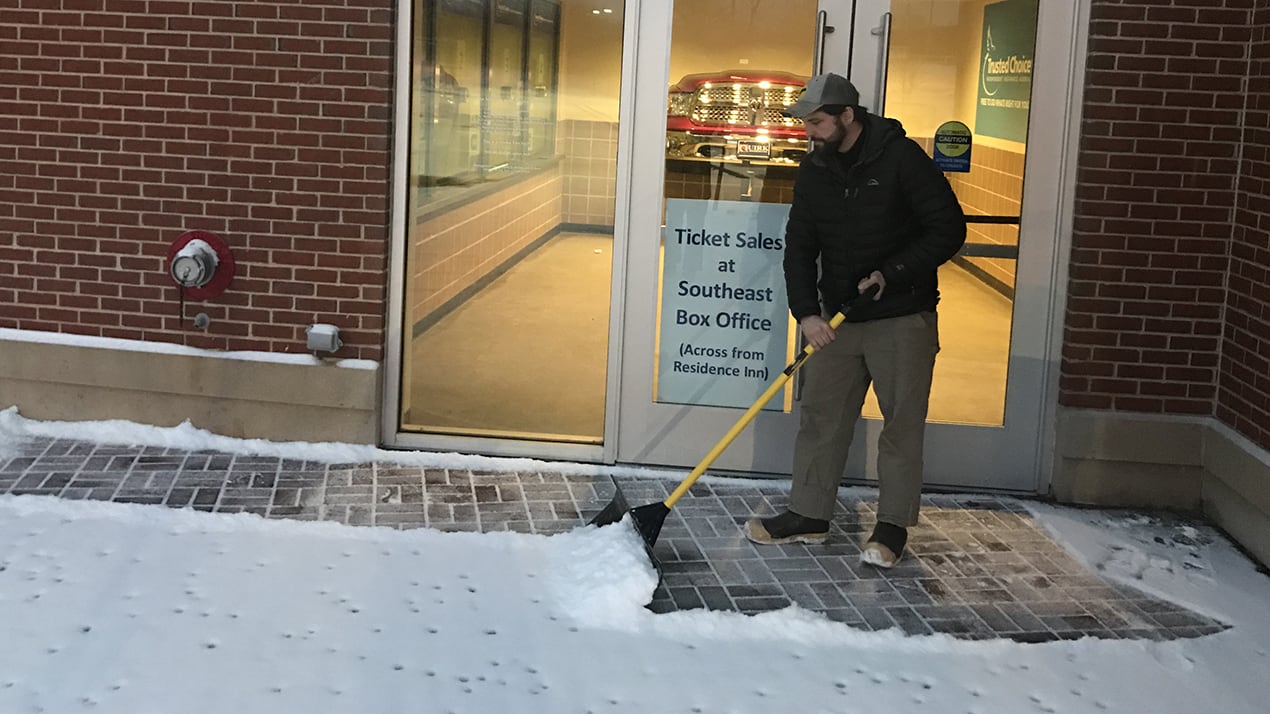
It’s hard to ignore losing thousands of dollars in a slip and fall claim because a job site isn’t cleared properly. Slippery conditions can result in serious injuries, racking up large medical bills, legal expenses and sometimes even incur court costs. It’s important to be thorough and take extra measures to ensure everyone’s safety and protect your business from slip and fall claims.
Pay Special Attention to Accident Prone Areas
Slip and fall incidents commonly take place on stairs and entryways. Pay special attention to wheelchair ramps, crosswalks/sidewalks, in between parking spaces and any other heavy foot traffic areas. Being mindful of where and how you remove snow can help to prevent it from being re-plowed onto ramps and walk ways, reducing the chance of melt and refreeze. Contractors should also be cautious of employee shortcuts or dumpster and mailbox huts that may have daily traffic.
Pro Tip: Utilizing curb guards on your plow will allow you to clear snow as tight to the curb as possible and helps reduce wear and damage to the plow.
Opportunities to Mitigate Slip & Fall Incidents
Commercial property owners have begun shifting the responsibility of slip and fall incidents to winter contractors so be mindful with the language in your contracts, know what you are liable for and be well-versed in your insurance policy. Being proactive is the best defense against reducing accidents—here are a few opportunities to be conscious of.
- Pre-Season Walk Through: Knowing where hidden obstacles are located can greatly reduce injuries and damage to your equipment. Even awnings, roof lines and drainage areas should be clearly marked because snow and ice can melt onto the sidewalk below and refreeze.
- Proper Outdoor Lighting: It’s easier to notice ice in a well-lit area due to the reflection on the surface or subtle change in color. If pedestrians are under the impression that the area has been treated, they may walk more confidently with their head up so having proper lighting is important for them to be able to detect potential hazards. Lighting should be consistent whether it’s down lighting, pathway guides or LED floodlights for a parking lot. If you notice any shadows or glares that may hinder a pedestrian’s perception, inform the property owners to mitigate the risk.
- Standard of Work Documentation: It’s important to establish a protocol that your crew is fully trained on and expected to meet. Knowing who is in charge of various areas (especially transition zones and curb lines) will reduce confusion and ensure the entire property has been properly treated.
- Work & Strobe Lights: When your equipment is well-lit, it draws attention to the work area and alerts pedestrians of potential danger. Block sidewalks at both ends during operation to prevent people from walking through, allowing you to complete the work in a timely manner.
- Monitor Salt Use: Curbs, door entrances, stairs and ramps are areas that can easily be over salted, inadvertently creating a slip hazard. Find a happy medium between the two.
- Pre-Treat Accident Prone Areas: A liquid brine pre-treatment can help to prevent ice from bonding to the pavement and reduces the need and desire for additional material. It also minimizes post-storm cleanup and the potential for melted ice to refreeze.
Put it in Writing
Documenting when and where you started on the property and taking photographs of the condition after service will come in handy when you’re trying to prove that something was done. If your client asks you to use less salt to save their company money, double check that you aren’t liable for any slip and fall claims. It always comes back to the contract. It’s important to note that property managers should be inspecting their properties and are responsible for areas that may refreeze. It’s a burden for contractors to keep checking back on the property or waiting around to take care of any areas that may develop black ice.
NOTE: Any information in this article does not replace your lawyer or insurance agent’s advice. Always consult their expertise for any questions pertaining to your policy and contract. You don’t want to be held responsible for something you didn’t understand.
